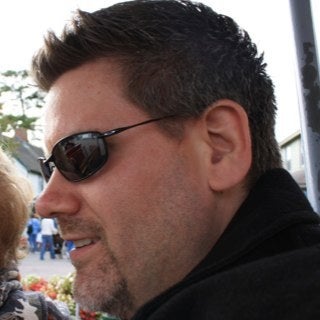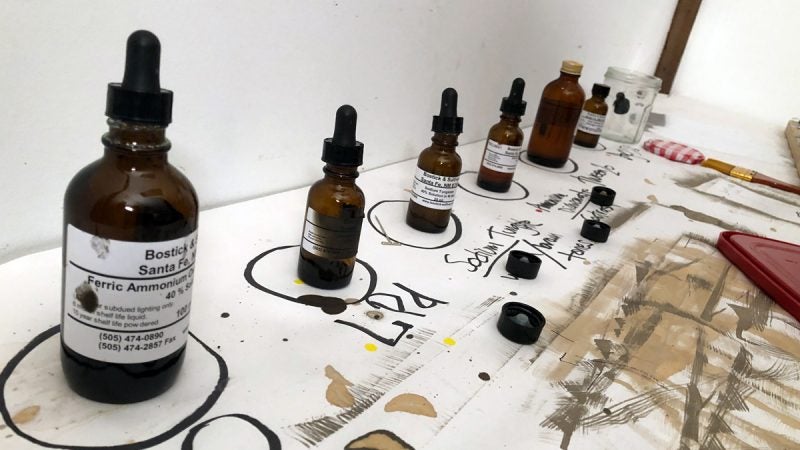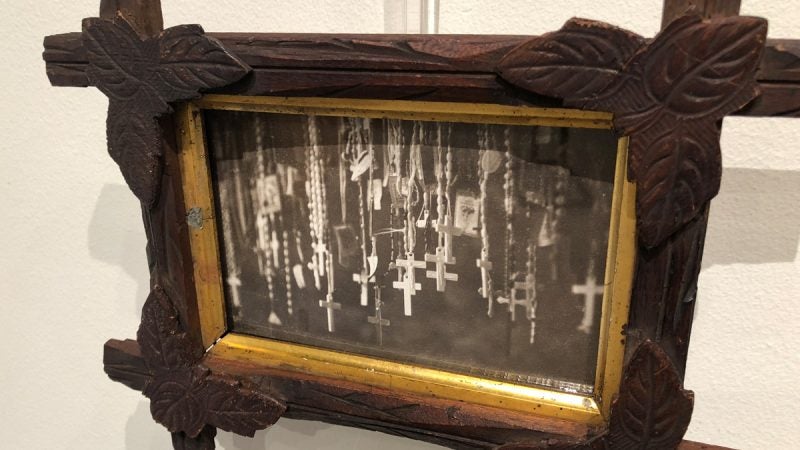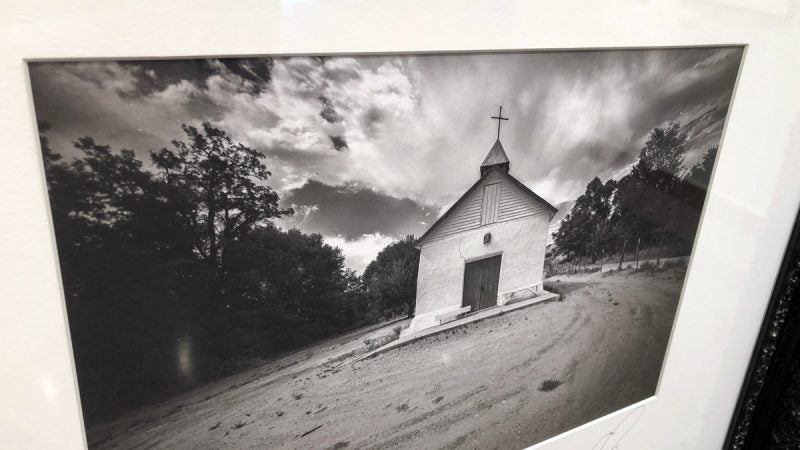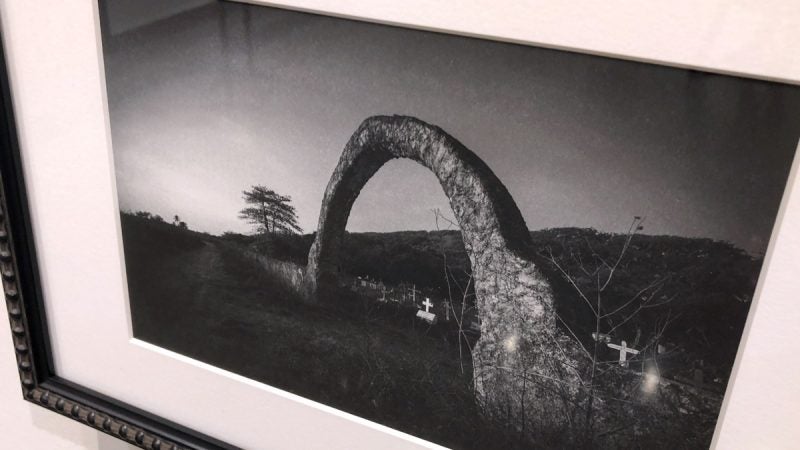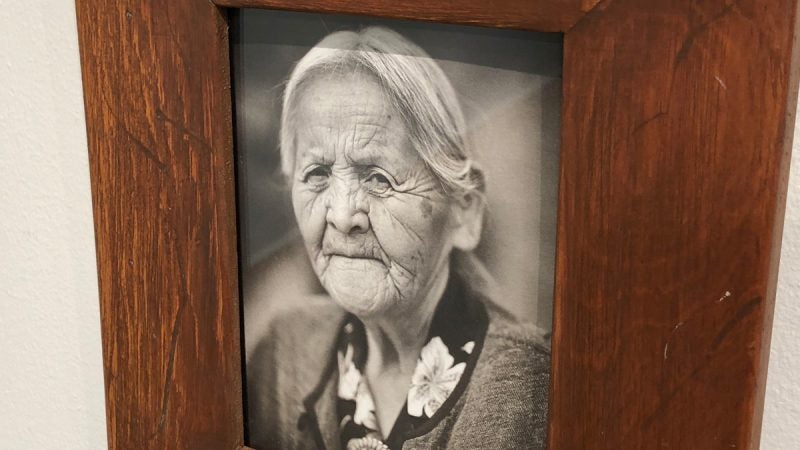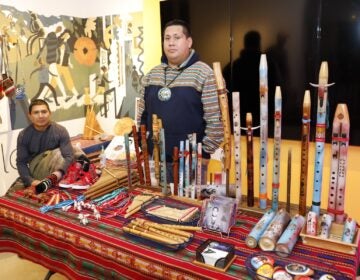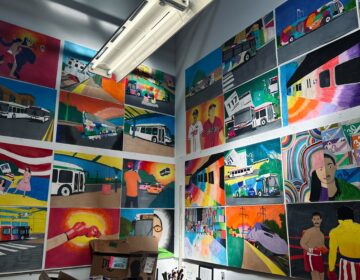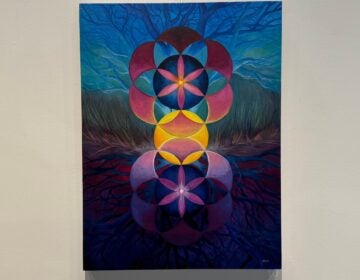The art of photography, through the lens of Delaware’s Carlos Alejandro
To Carlos Alejandro, fine art photography is the expression of ideas and he has been expressing those ideas for over 40 years.
To Carlos Alejandro, fine art photography is the expression of ideas and he has been expressing those ideas for over 40 years.
Through his camera’s lens, Alejandro documents the importance of humanity and culture and the stories that need to be told.
Though he started out as a commercial photographer, he transitioned into a fine arts photographer and describes the difference between the two as “fine art is the expression of ideas and commercial art is the explanation of ideas.”
He defines photography as “the intersection of art and technology.” When he first became interested in photography he went to the library to get all the books he could on the subject. “I found out that the photography books were not in the art section, they were in the science section.”
That is because photography blends optics, chemistry and light together. “All of those things need to be controlled in order to be able to make art.”
Alejandro’s art is currently on display at the Carvel State Office Building’s Mezzanine Gallery in downtown Wilmington, Delaware. The exhibit is called “Trace.”
“Trace is a beautiful word. Trace is how you copy something, trace is a trace element, trace is so many meanings,” Alejandro said. He further described the exhibit as “the roots, the wings, the vestiges of things that I think we’re losing and stories that need to be told.”
He describes older people or older buildings and places that could soon be lost as libraries. “I often say that whenever a person or place dies a library burns to the ground.
“Someone who is 92 is a library that’s going to burn to the ground if we don’t hear what they learned, what they know,” Alejandro said. “If we don’t understand what we’ve done, what we’ve been, I’m not sure we can know where we want to be next.”
The exhibit covers a wide range of topics including architecture and people, as well as things found where those two subjects live. But most importantly, “It for me represents my sense of importance of culture and humanity.”
Today most of us have smartphones with terrific cameras built in. Alejandro told me while he loved analog photography, he also enjoyed digital photography. In fact back in 1997, Carlos was working only in digital photography but, “I never lost my love for the paper,” and so he found a way to marry the two.
“I realized a way to take my digital images and make them analog again,” Alejandro said. He calls it an ‘inter-negative process.’
He begins with a digital image that he prints out on a printer. He than makes an emulsion using various chemicals that get brushed onto the “negative.” He then places the negative along with real photo paper together into a contact printer where UV light transfers the image. Then it’s off to the darkroom for finishing. You can see a simplified look at this process in the video above.
I asked Carlos what he looks for when taking a picture, does the lens lead him or does he lead the lens. “Sometimes it’s light, sometimes it’s contrast, sometimes it’s the knowledge that that thing is important and sometimes it’s just a moment, it’s just a whiff of coffee on a street, only it’s a picture.”
There are many such moments on display in the exhibit along with the faces and places where these moments occurred. But for Alejandro, all these photographs come down to our humanity. “In the things we make, the ideas we have, the faces we wear, the people we are.”
He said being a photographer is something that he will never stop doing. But its not the interest in photography that keeps him going, it’s his curiosity. “It’s just way to much fun to be curious. Curiosity never dies.”
Carlos hopes the viewer takes away a few things from the experience. “When people see my work I hope they see the value of a moment … I hope they recognize the value of a place, of a ghost in the past that needs a future.”
“As a photographer, to photograph a 92-year-old tap dancer who auditioned for Cab Calloway, to hear their stories, to just touch their souls for a few moments and to have them look at me and say ‘Thank you for seeing me and hearing me,’ gives me goose bumps.”
At the end of the day Carlos said it all really comes down to “a respect for what we are, who we are, what we think, where we live and what our culture is.”
They say a picture is worth a thousand words, but for Carlos one photograph can’t tell an entire story any more than one word can, “but I can have an impact.”
WHYY is your source for fact-based, in-depth journalism and information. As a nonprofit organization, we rely on financial support from readers like you. Please give today.


